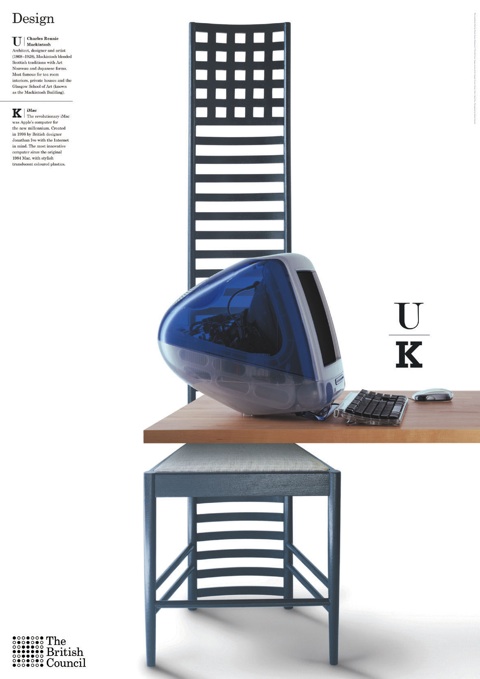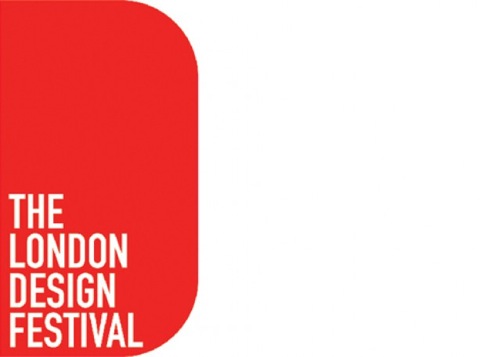Editor’s blog
What do you think about when you think of England? A thrusting creative force on the world stage? A dodgy football team? A cricket side that too often leaves fans with their hearts in their mouths? Or plain old jam and Jerusalem?
With country and city branding providing a lucrative source of work for UK design groups in recent years, it’s a debate that rages intermittently within the creative community. The powers that be in design veer towards the first definition suggested here – we know design can make a significant difference to a country’s reputation and its global standing, both economically and culturally – and the crux of the argument has tended to be how best to represent that visually. Witness the Cool Britannia era in the early years of Tony Blair’s term as Prime Minister and the Johnson Banks posters for the British Council illustrating how we have built on heritage.

But in some places – and Salzburg in particular – the image is more homely, with Women’s Institute imagery prevailing. A shop called England in the Austrian city’s old town was sporting a window display of teapots last weekend – and they weren’t the cool, modern Souvenirs Worth Giving collection created by ceramics designer Andrew Tanner. They were the best decorative ware traditional Potteries firms have to offer.

The image we seek to portray is so often at odds with how people actually see us and it can be hard to change those perceptions. But with developing nations such as China storming on to the global scene with design as a key factor, England – and the UK as a whole – needs to bolster its position as a world-beater on various fronts.
This thinking was condensed to focus on London on Tuesday at the first London Design Review. Staged by the London Design Festival, with funding from the Design Council, and hosted by the British Library, the LDR conference considered ways London can retain its creative capital crown.
With some 50 per cent of all creative enterprises based in or around the capital, it seemed reasonable to focus on London. What works for the city can work elsewhere in the UK and the LDF already exists as a respected showcase of all that is good about UK design.

So what was the outcome? Early soundings from the review are that designers need to collaborate more with clients and consumers to keep London great. We need to goad Government into cutting the red tape that impedes creative businesses fulfilling their full potential and take a leadership stance – and communicate design’s role – in addressing issues such as sustainability and climate change. We need to strengthen a design education system to keep it the envy of the world.
An easy call? Not with Government cuts and recession still impacting on consultancies and clients. But perhaps design’s official bodies are too hung up on Government support, when, in fact, an industry peppered with creatives and entrepreneurs is better equipped to effect real change unaided. The LDF came about independently, after all, and the best way to cut red-tape is surely not to approach that particular barrier.
So let’s strike an independent note, shun Whitehall interference and bring design champions and clients in on the act. The Government will probably take the credit for what the industry achieves, but at least any change is likely to be appropriate and rapid.
-
Post a comment




